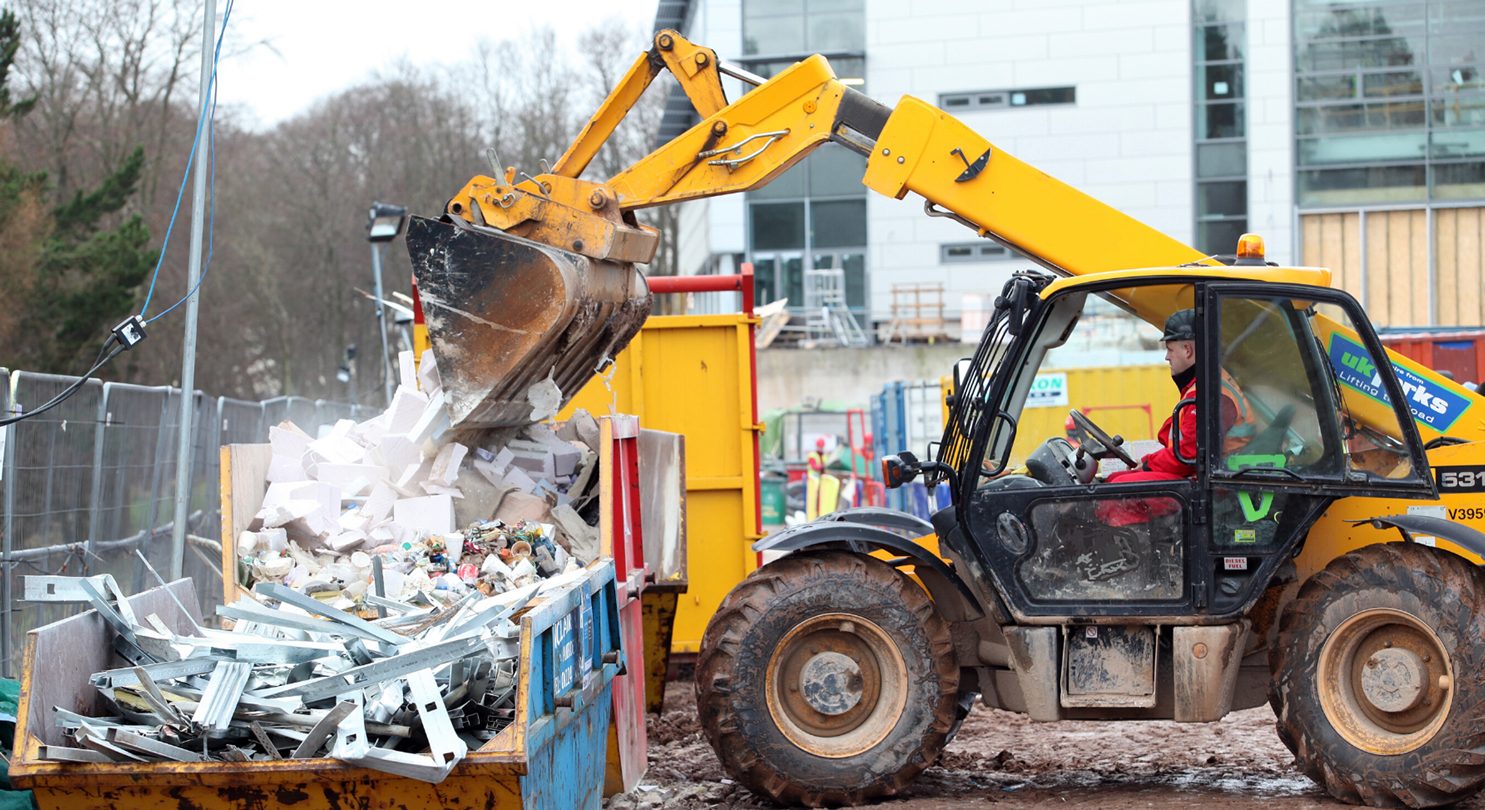
Construction support material management and building material reuse
The true cost of waste in a construction project is often underestimated. When material and labour costs are factored in, costs can exceed £600 per tonne.
It is also estimated that 13% of raw materials ordered are discarded unused. Imagine how that saving could benefit your business. With the growing need for businesses to be future proof and resilient, combined with ever decreasing margins, there has never been a better time to increase efficiency, eliminate waste, and help build internal capacity to assist with winning more work.
Taking action on-site can help identify where opportunities lie to improve general working practices, procurement decisions, material choices and material handling.
Implementing best practice throughout the supply chain provides benefits beyond money saving including:
- Increasing profit margins by reducing material and waste costs;
- Minimizing site compliance risk from better waste management;
- Strengthening reputation to win work by cutting carbon and resource use; and
- Maximising the market value of surplus building materials.
Create a site waste management plan with our help
Manage waste on construction sites with our free site waste management planning tool to help you track materials and waste. It’s ideal for saving you money and helping you meet your legal obligations.
Improve waste management on your construction site with our guide
Our best practice guide for construction waste management provides advice to help you reduce, re-use and recycle your construction waste.
Maximising re-use in construction
Re-using materials on construction sites can save project costs by reducing the demand on new building materials and reducing waste disposal costs. Our ‘Maximising re-use of materials on-site’ guide will help you identify the materials that are commonly wasted on construction and demolition sites and describes how these may be recovered and re-used.
Measure and monitor your business waste
In order to reduce your waste, you need to measure it first. Our free guide and waste-tracking spreadsheet will show you how.
